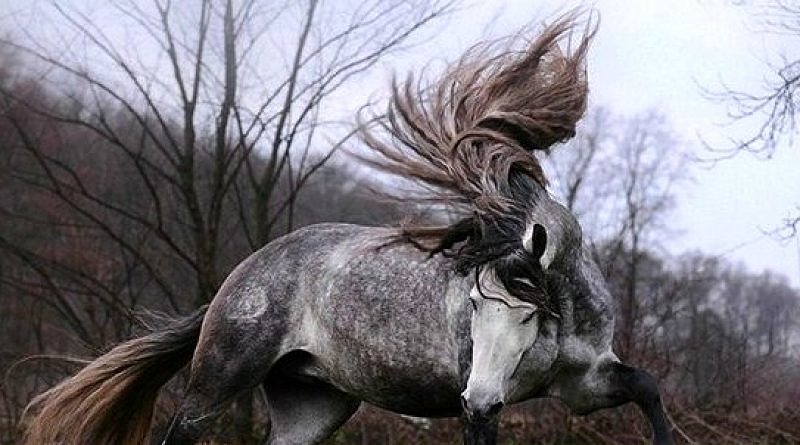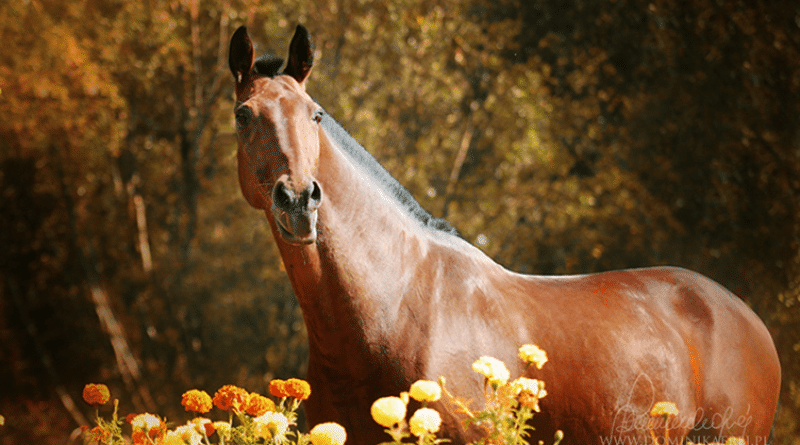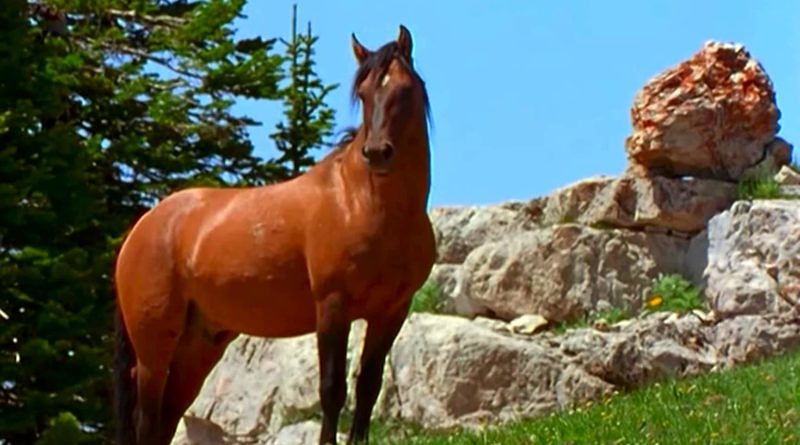What’s in a mane?
Unlike most other maned animals, horses can grow particularly luscious locks! What purpose do they serve and why do domestic horses have such long ones?
Have you ever wondered why horses have a mane? We often learn as children that male lions have manes to look bigger and more intimidating to their rivals but the reason horses have a mane is much less clear-cut!
It’s easy to think that a horse’s long mane must have some ‘use’ and to come up with stories about how it could be helpful – such as to protect against flies or help water run off the horse’s neck. But by looking at the manes of wild animals, we can see that this is not in fact very likely.
Horses are not the only ungulate with a mane. In fact quite a few other hoofed mammals have manes too! But none are as prominent and luxurious as those of many domestic horse breeds.

Wildebeest, giraffes, and oryx antelopes are among the many non-equid ungulates that sport a mane. However, none of these animals have a really long, flowing mane – in fact, just like all wild equids such as zebras and Przewalski’s horses – these species have shorter and relatively sparse manes that usually, but not always, stick upright.

No one truly knows why all these different animals have manes. There could be many different reasons! But in the case of wild equids, upright manes like this might confer an evolutionary advantage because they provide physical protection to the back of the neck.
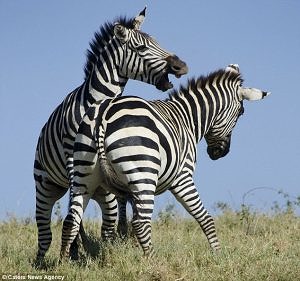
It has been suggested that stallions might grow a thicker and coarser mane than mares for this reason. There isn’t much scientific evidence to support this idea right now but the fact that stallions also develop a large crest along their neck might suggest that there’s some truth in it. Alternatively, a mane might contribute to the illusion of a larger neck, which might be used by competing stallions to size up their rivals.
Another possible reason to grow a mane might be that it provides an ‘honest signal’ of the animal’s physical condition. Growing a thick and healthy mane takes energy and nutritional resources so an animal in poor health is likely to have a patchy or sparse mane. Predators prefer to go for sickly and weak individuals to avoid injury and any potential mate will be on the look-out for the healthiest partner to produce offspring with. So carrying a beautiful mane around is a way of telling would-be predators and potential mates “I’m strong and healthy and can afford to grow this awesome hair!”
Regardless of the reason, the fact that such a diverse array of different species show this trait suggests that there is some advantage to this type of mane – even if that advantage still eludes us!
While modern domestic horses almost always have a mane that lays flat against their neck, all truly wild equids have an upright mane.
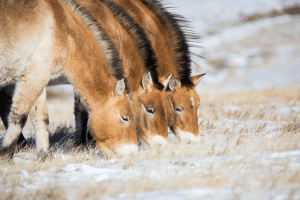
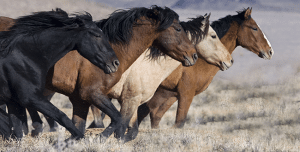
The longer manes of modern domestic horses were probably selected for by humans after domestication quite simply because they are attractive.
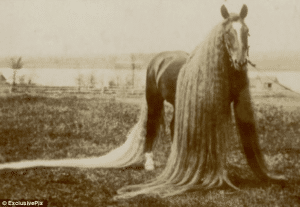
While a longer mane can clearly have its uses – a long forelock can keep annoying insects and dust out of a horse’s eyes, for instance – we probably didn’t deliberately select these traits for functionality and any advantages are just good luck.
Put simply, the domestic horse’s beautiful floppy mane turns out to just be the outcome of human preference!

Of course not all domestic horses have thick and lengthy manes. For example, some breeds such as the Akhal-Teke pictured above, are known for their sparse manes. Just as different breeds of dog have been bred to have different coats and characteristics, so different horse breeds have been selected for a variety of distinctive traits. Over centuries of selective breeding, each breed has become unique!

